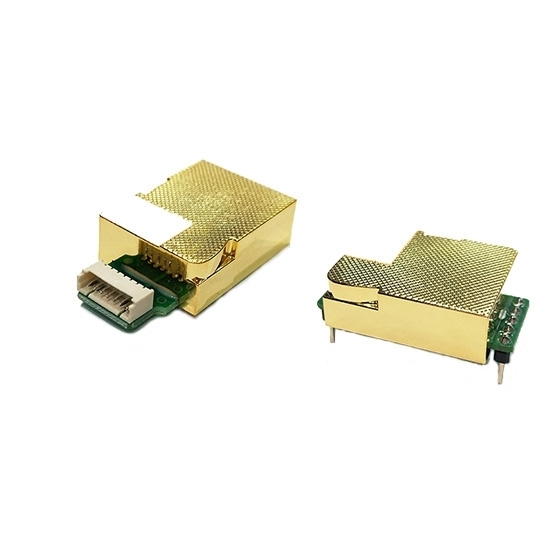What is a Carbon Dioxide Sensor Used for?
A carbon dioxide sensor is a machine used to detect the concentration of carbon dioxide. Carbon dioxide is one of the raw materials for photosynthesis of green plants, and 95% of the dry weight of crops comes from photosynthesis. Therefore, the use of carbon dioxide sensors to control the concentration has become an important factor affecting crop yield.
Carbon dioxide is a colorless, odorless gas that is one of the most important components of the atmosphere. As the main reactant of photosynthesis, carbon dioxide concentration is directly related to the photosynthetic efficiency of crops, and determines the growth, maturity, stress resistance, quality and yield of crops. However, its high content will not only have various effects such as the greenhouse effect, but also endanger human health. People experience significant headaches at concentrations of 0.3%, and dizziness at 4%-5%. The indoor environment, especially in air-conditioned rooms, is relatively sealed. If there is no ventilation for a long time, the concentration of carbon dioxide will gradually increase, which is not good for human health.
Carbon Dioxide Sensor Application
 Environmental protection
Environmental protection
The continuous emission of carbon dioxide to the atmosphere is one of the important factors leading to the greenhouse effect. People burn large amounts of fossil fuels, such as coal, in the manufacturing process. This process produces a lot of carbon dioxide. Carbon dioxide is the most serious of the six greenhouse gases, and reducing carbon dioxide emissions is a powerful measure to alleviate the greenhouse effect. The carbon dioxide sensor is used in long-term monitoring of emissions, including organized emissions and unorganized emissions, as a basis for management.
Medical field
The outbreak of the new crown epidemic has caused a surge in demand for carbon dioxide sensors for the production of medical ventilators in the first half of this year. The carbon dioxide sensor is one of the core sensing modules for the manufacture of ventilators, anesthesia machines, and infant incubators. Not only that, the carbon dioxide sensor is also the core component of the instrument for detecting Helicobacter pylori.
Indoor air quality monitoring field
Although it is still controversial whether aerosol transmission is one of the main transmission routes of the new coronavirus, the problem of indoor air quality has attracted more attention. It is hoped that indoor air quality monitoring equipment can try to detect traces of the new coronavirus in indoor air. But since there is currently no sensor for the detection of the new coronavirus, it is obviously unreachable. But this does not affect people's general understanding of indoor ventilation and indoor air cleanliness through carbon dioxide sensors and PM2.5 sensors. Therefore, the rise in demand for indoor air quality monitors has also led to an increase in the demand for carbon dioxide sensors.
Crop Planting
Monitoring and controlling CO2 in crop greenhouses is an emerging means of increasing crop yield and quality. Because most crops need to obtain carbon through photosynthesis, and these carbons are derived from carbon dioxide in the air. Therefore, maintaining the carbon dioxide content in the crop greenhouse at a suitable concentration can help the growth of most crops.
Livestock and poultry farming
In intensive breeding places such as pig farms, cattle farms, chicken farms, etc., because livestock and poultry are raised in a small and relatively closed space, it is relatively easy to produce indoor carbon dioxide, ammonia, hydrogen sulfide and other excessive problems. These problems will lead to reduced appetite, hypoxia, and slow growth of livestock and poultry, resulting in a decline in yield and quality, and in severe cases, related diseases. Therefore, the automatic monitoring and control of carbon dioxide, ammonia, hydrogen sulfide and other parameters has become one of the effective ways to ensure quality and quantity of livestock and poultry breeding.

